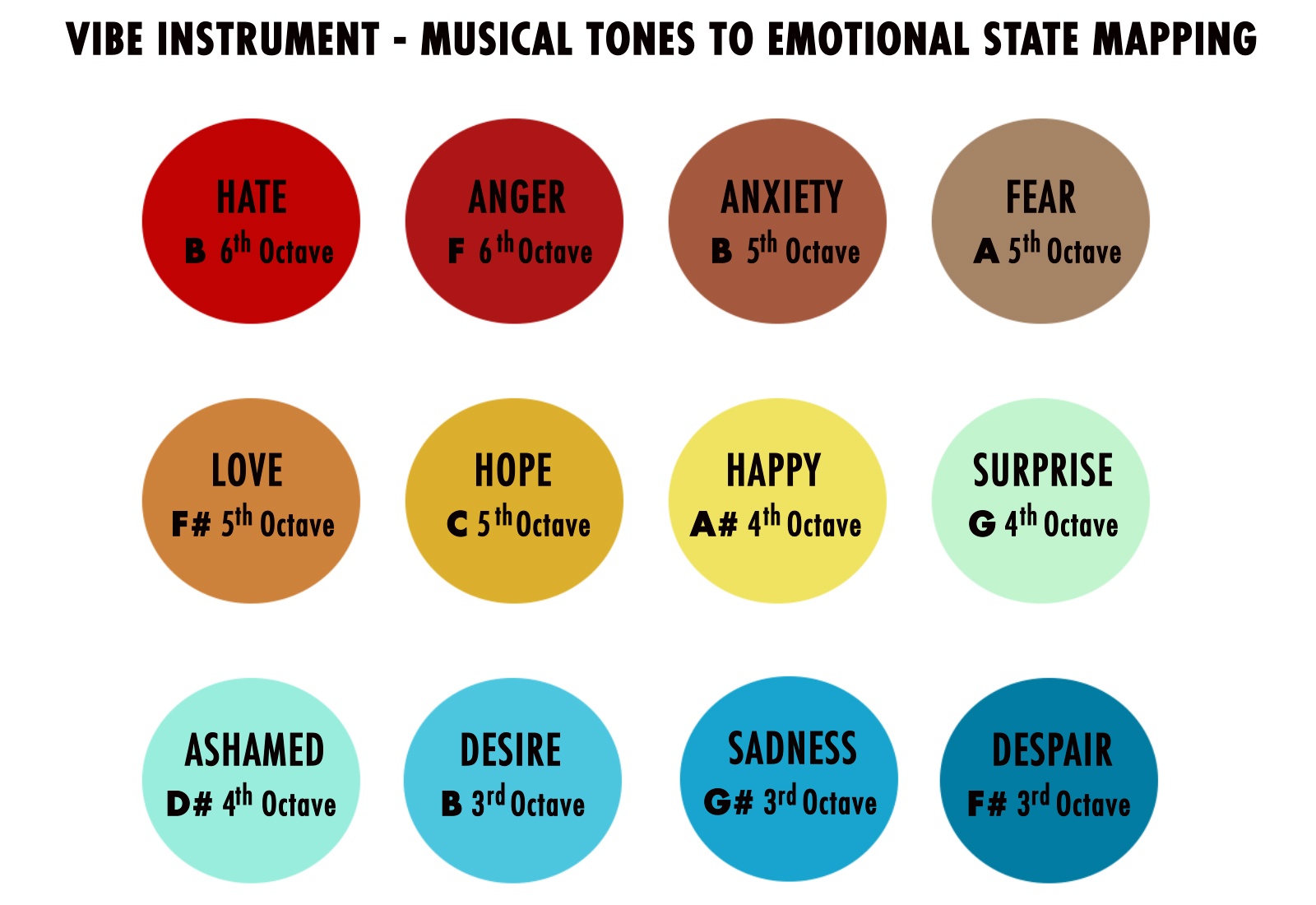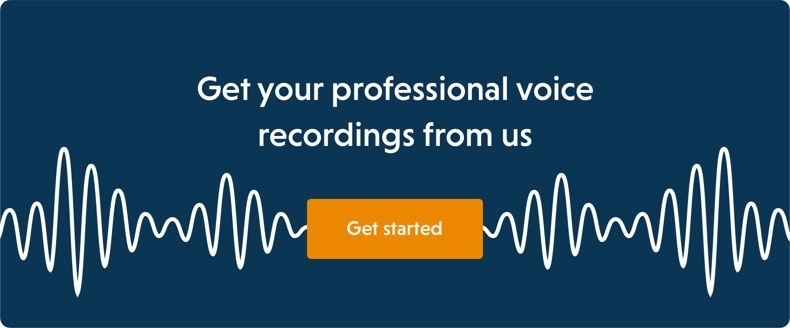
B&G's “Ho ho ho, Green Giant”, Intel’s five-note bong, and 20th Century Fox’s opening music are all strong examples of successful audio branding – they’re instantly
What is Telephony Platform Audio Branding?
A phone conversation, especially a customer's first one, is usually key to the impression he/she forms about a company.
Insurance Business UK points to a study highlighting just how much the success of a first call impacts the sale – 73% of respondents stated they will not do business with a company again if their first call isn’t handled satisfactorily. Audio branding should, therefore, be applied to all the non-human touchpoints of a call: on-hold music, in-queue music, and IVR menu
A firm understanding of your brand and audience should drive the content and style, including:
- Voice selection: Considerations involve gender, age, persona, language, and accent
- Scripting and read style: For example upbeat,
salesy , reassuring, empathetic, wacky etc
Identify Your Audience and Communicate the Brand
Do you want the recording to be ‘in your face’ and make an impression, or recessive and not stand out? The answers to these sorts of questions should stem from a firm understanding of your brand and audience. Example questions to ask yourself include:
- What are the demographics and attitudes of my typical customer? For example, their age, gender, and perceptions of your industry.
- What are they looking for from me?
- What other brands do they like?
- What audio branding do those companies have?
With a firm understanding of both your USP and buyer personas, you’re in a good position to create music and prompts that show what your business stands for and what makes it different. All the while encouraging your customers to feel how you’d like them to feel about your company.
Maintain Consistency
In visual branding, consistency is key, since sporadic or frequent changes to
When you’re researching and considering various voice prompt providers, ask them what their contingency is should your chosen voice artist stops doing work or is unavailable for an extended period. Will your customers now have to endure a confusing experience, with different voices being used across your telephone IVR menus? Or will the provider be able to re-record all messages, using one voice? If so, will you have to bear the full cost of this?
Consider the Emotions You Want to Invoke
Fabrik points out that a good way to decide the sort of emotional experience you want to create is to conduct a competitor analysis. Some examples of what other brands in your industry may be going for include:
- Sensuality: String instruments, brass instruments, and soft sounds are ideal in creating romantic and symphonic audio, helping to create a seductive and luxurious experience.
- Dramatic: The use of loud and sudden tones can help to add gravitas to your business or
product, when done correctly. The “less is more” principle should be applied here. - Family-friendly tunes: Cheerful notes from guitars, ukuleles, and even jazz rhythms are great for conveying a fun and family-friendly feel.
Emotions can even be mapped to specific tones, as illustrated by Vibe Experiment:

Give Guidance to the Voiceover
For best results, you should produce guidance for the voice artist, specifying the required read style. As noted by Victoria’s Voice, readability is key, as the script’s formatting, appearance, and layout act as crucial cues to the artist as to how the script should be read. Produced correctly and only one take may be needed. But produced badly and multiple tries may be needed, often at additional cost.
The script should be thoroughly proofread, as any spelling and grammatical mistakes will throw the artist off course. For example, a misplaced comma will result in a misplaced pause, just as a rogue line break could cause the artist to believe there is a new sentence. Bold, italics or underlining should be used for words that require emphasis.
Keep Audio Branding in Context: Remember the Customer
It’s important to remember that communicating your brand shouldn’t be the only consideration for audio selection – audio branding should be balanced with the other factors that affect telephone experience.
According to a paper by
So, as well as communicating brand identity, two goals for telephony platforms are to provide structure to the waiting experience and lower the perceived time level.
Your telephony platform provider should be able to give thorough guidance on music selection, which should also be largely formed from psychological principles. For example, a study in the Journal of Applied Social Psychology found that playing well-known pop songs invoked a more positive experience for callers than muzak did (bland, repeating melodies, sometimes known as “lift music”), which is usually frustrating for callers.
Final Thoughts
Both business and buyer are, by now, very au fait with visual branding. It’s a core marketing activity that, when done well, clearly and consistently tells the world who you are and what you stand for. Audio branding, particularly for telephony platforms is often underdeveloped, however: its benefits are clear, yet often
To put it simply, selling a telephone system without great music and messaging is like selling a car without the paint: technically, it will work, but the customer’s experience will be disappointing at best!
At PromptVoice, we’ve been helping businesses
Follow us on LinkedIn and Twitter for more updates on when further resources become available.


